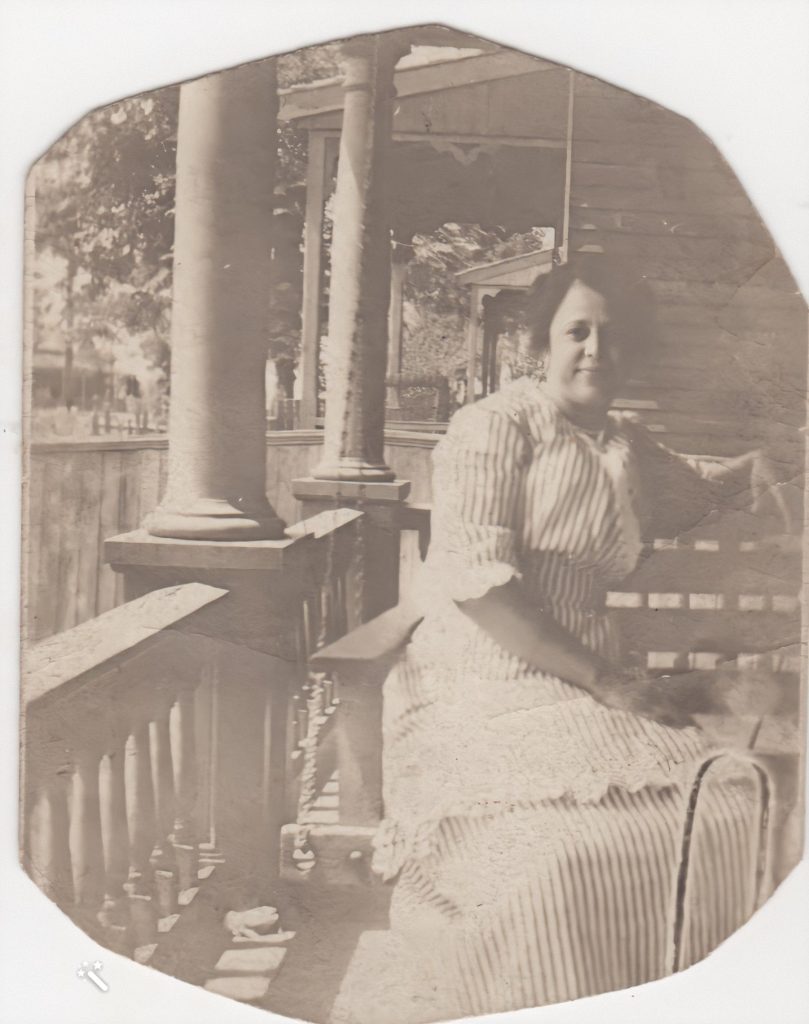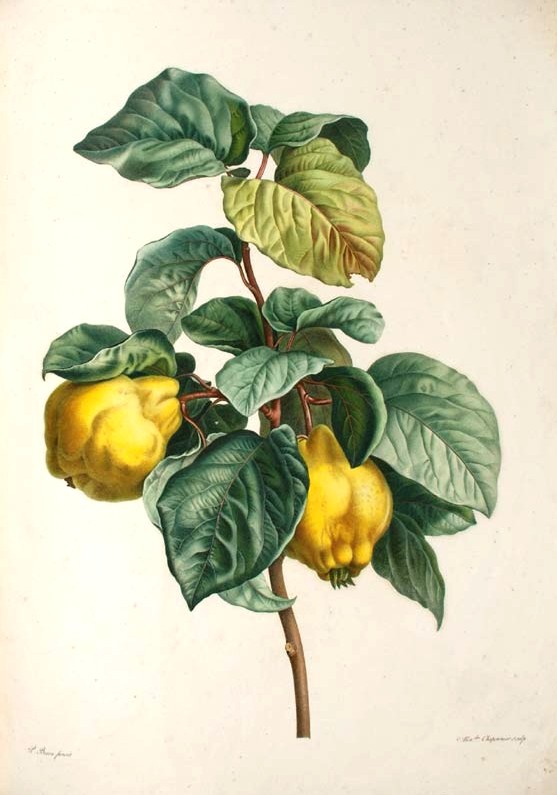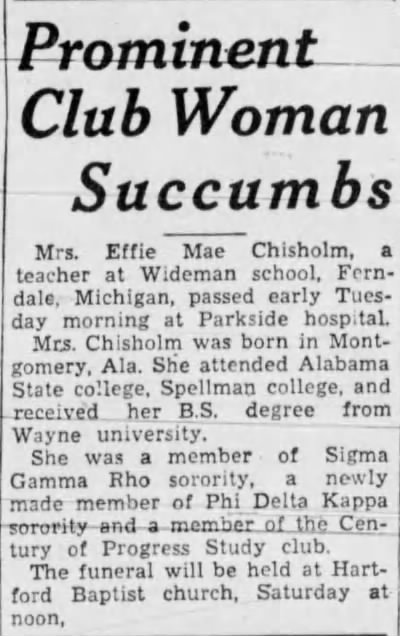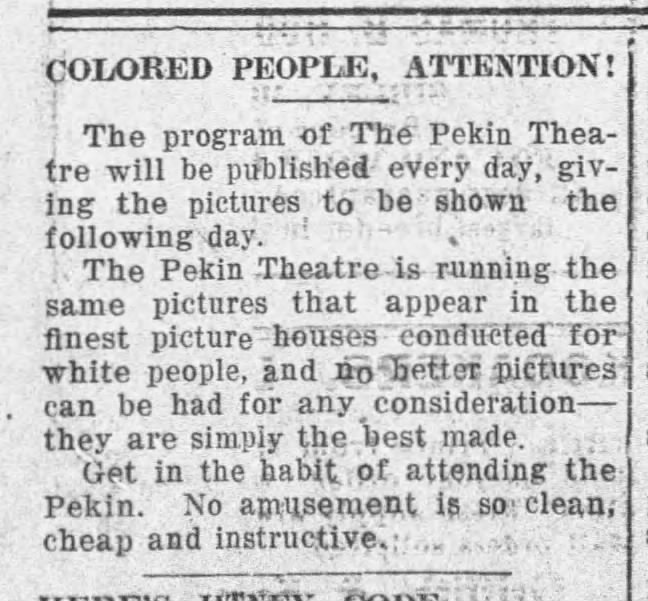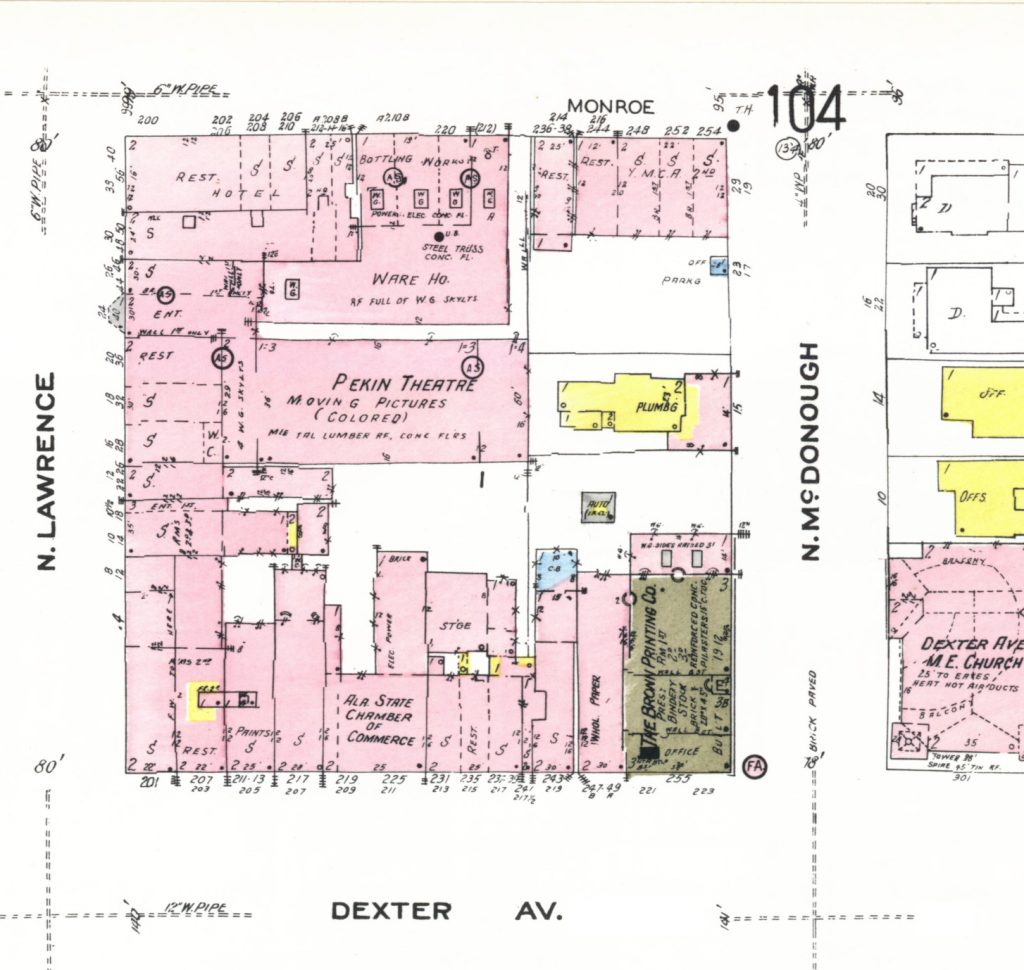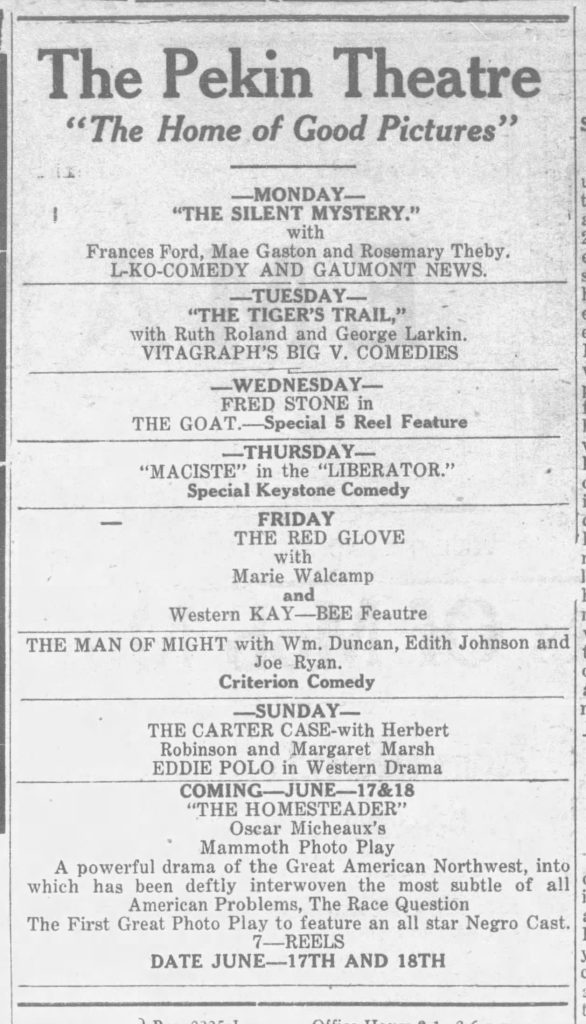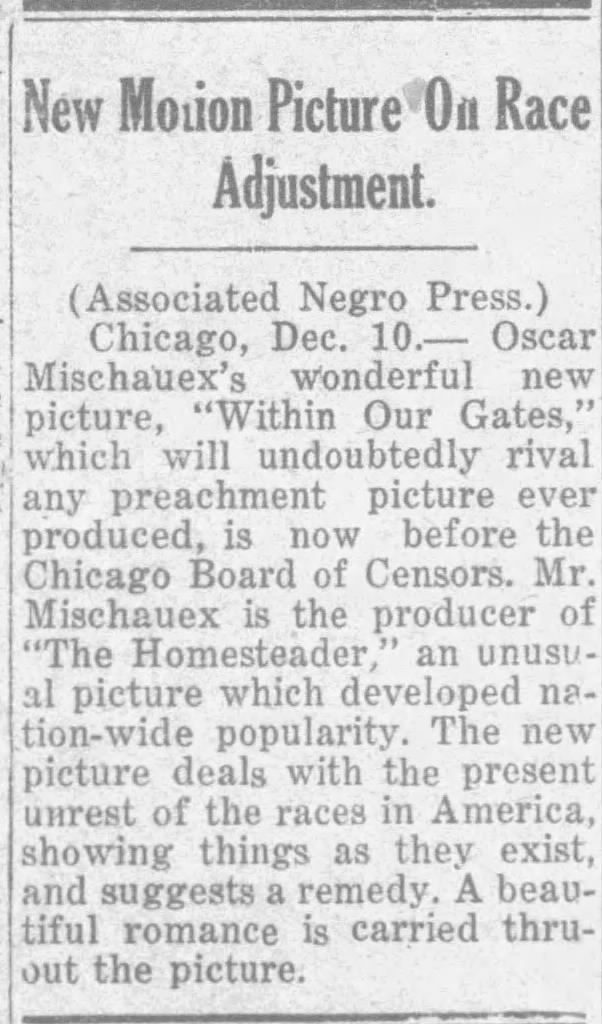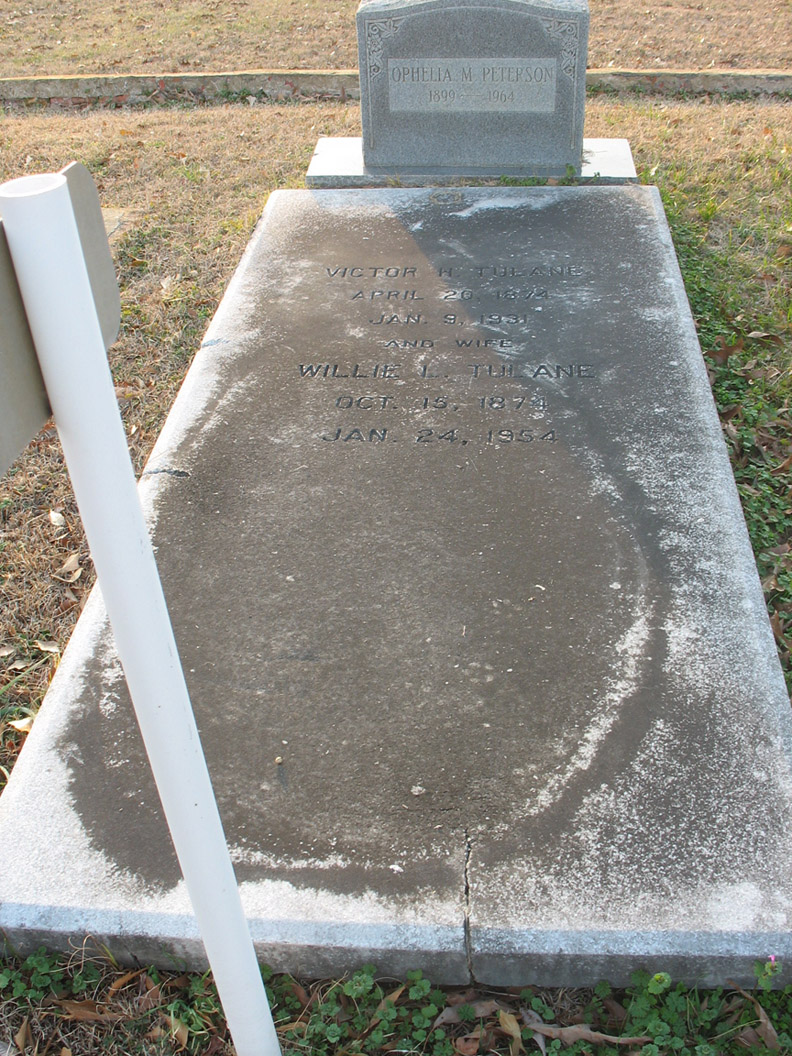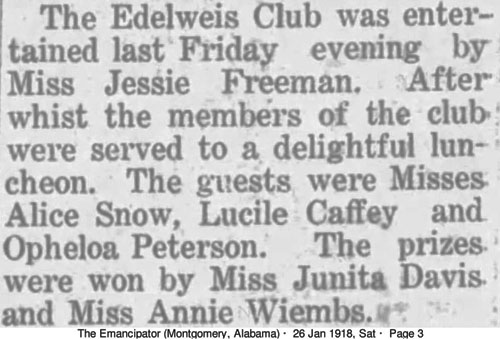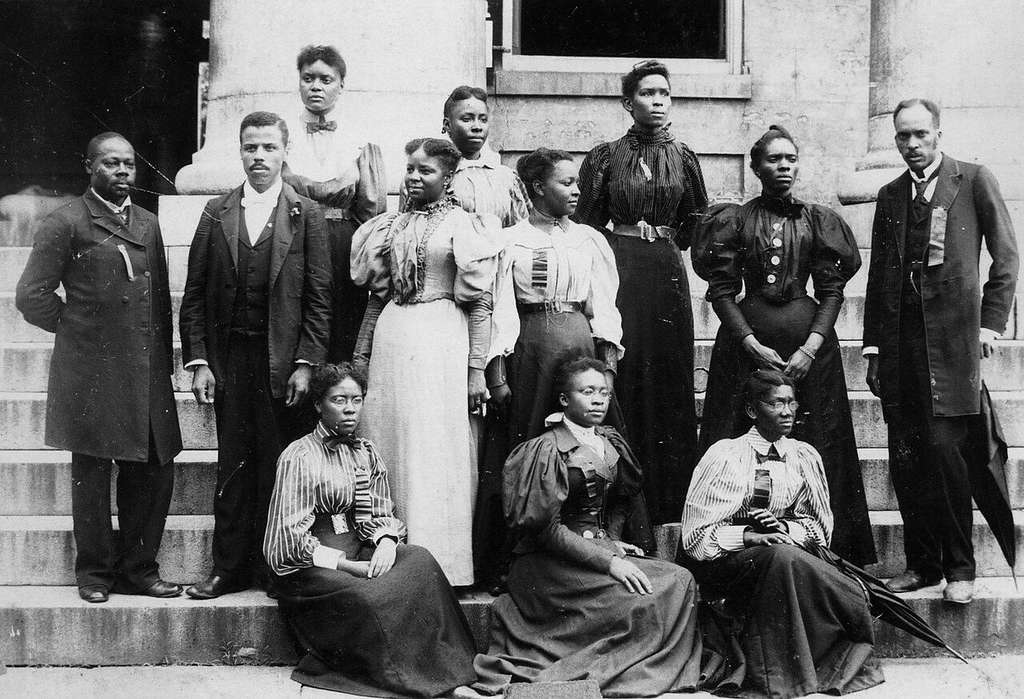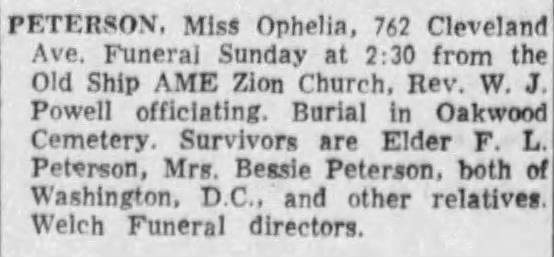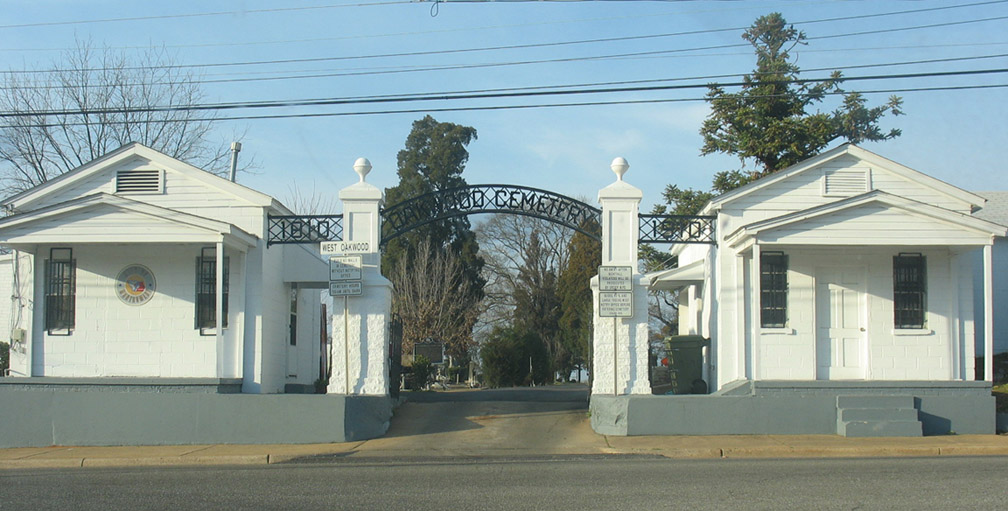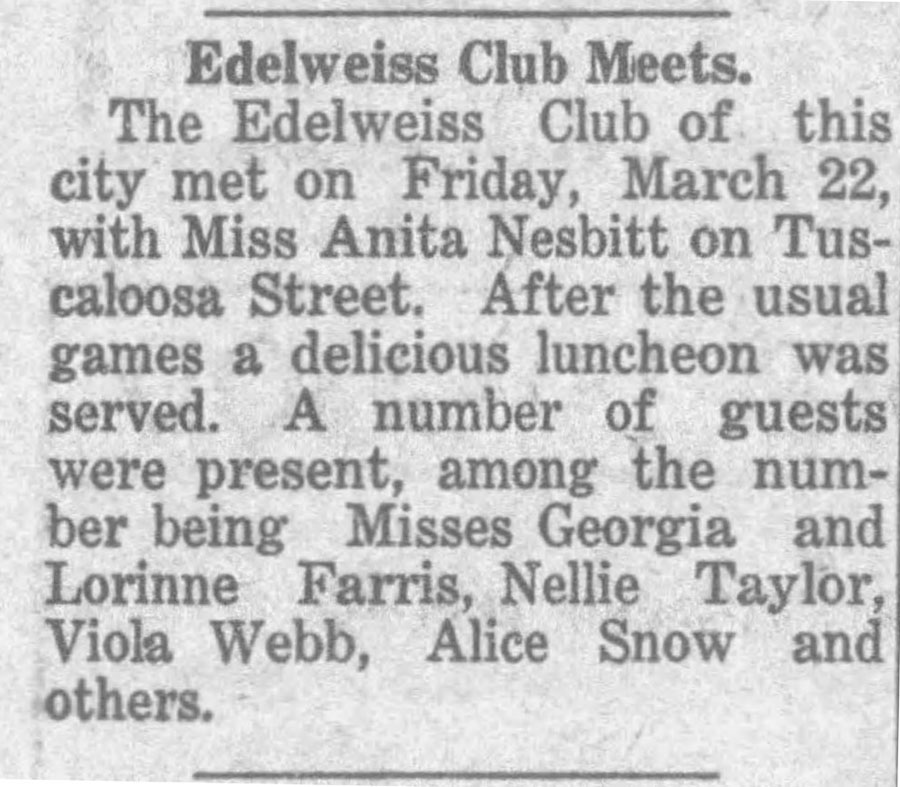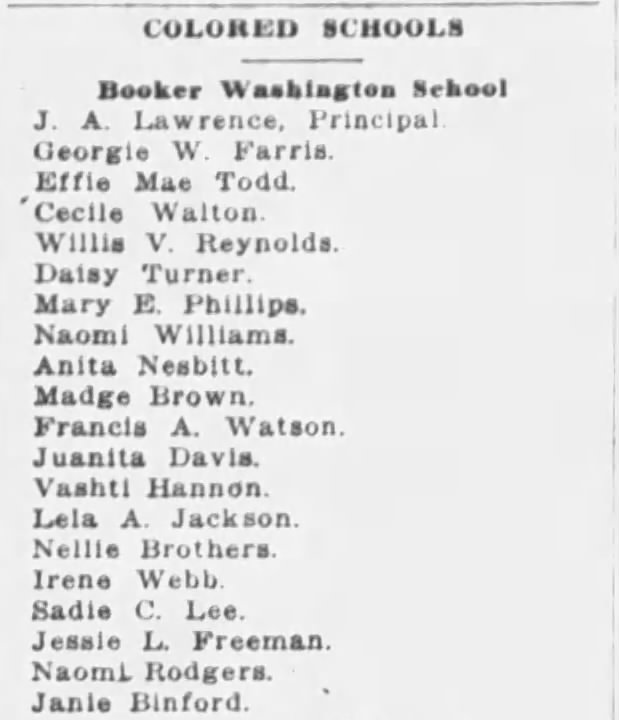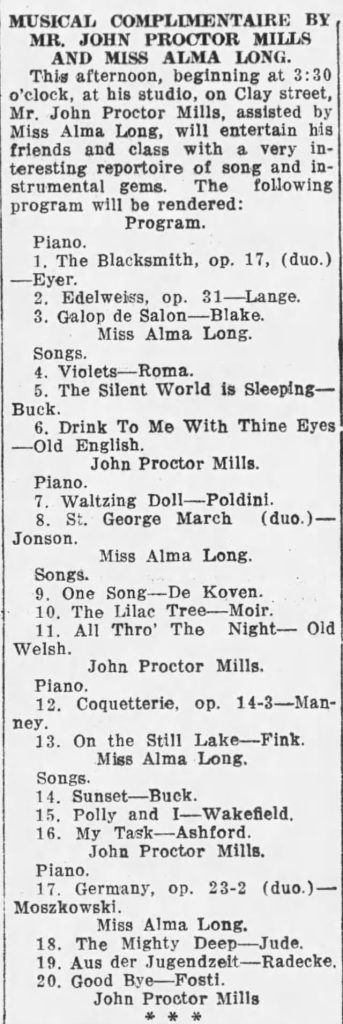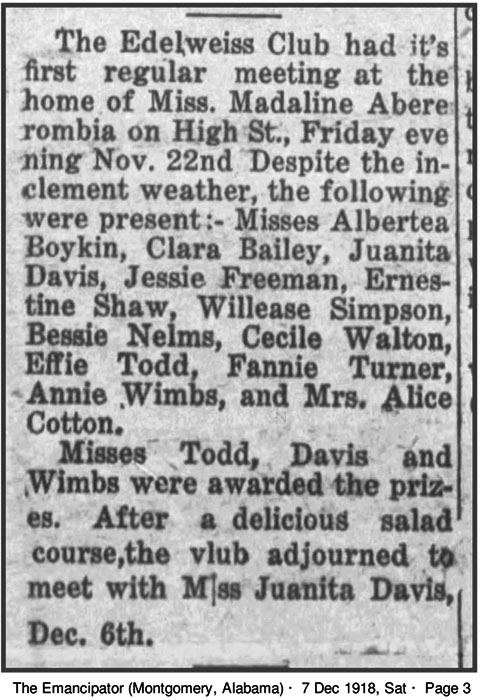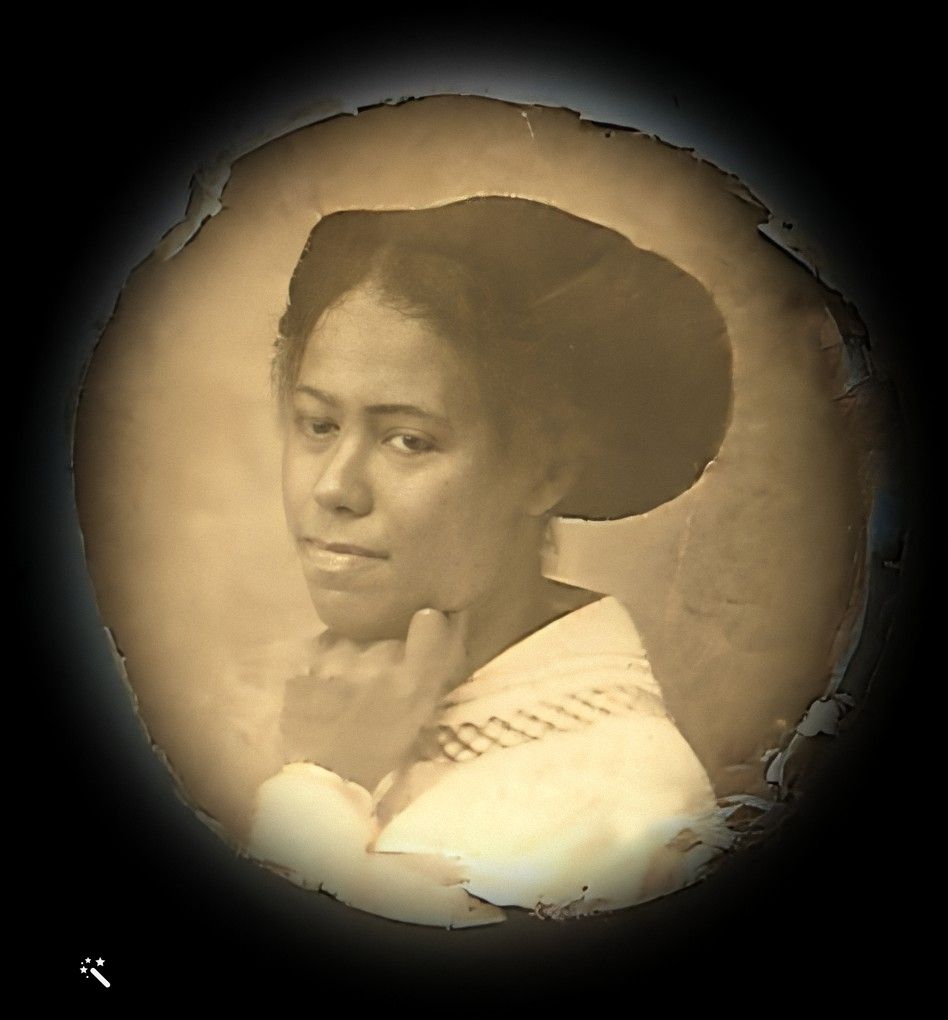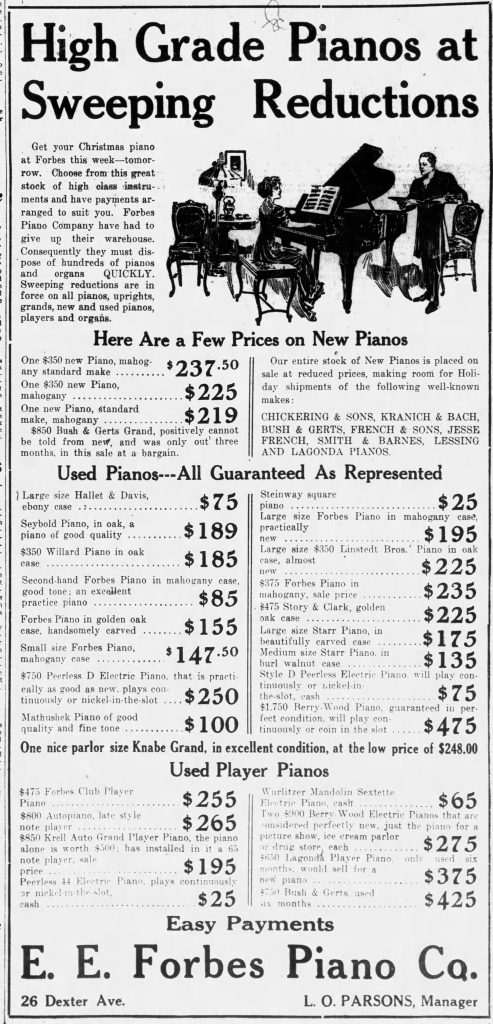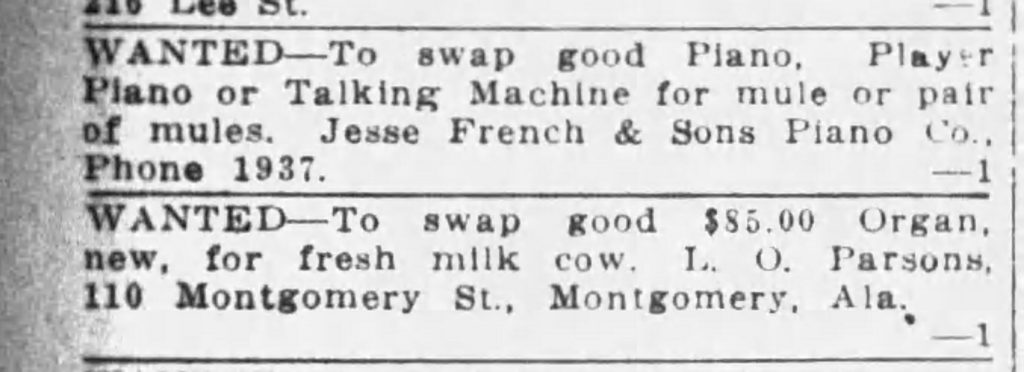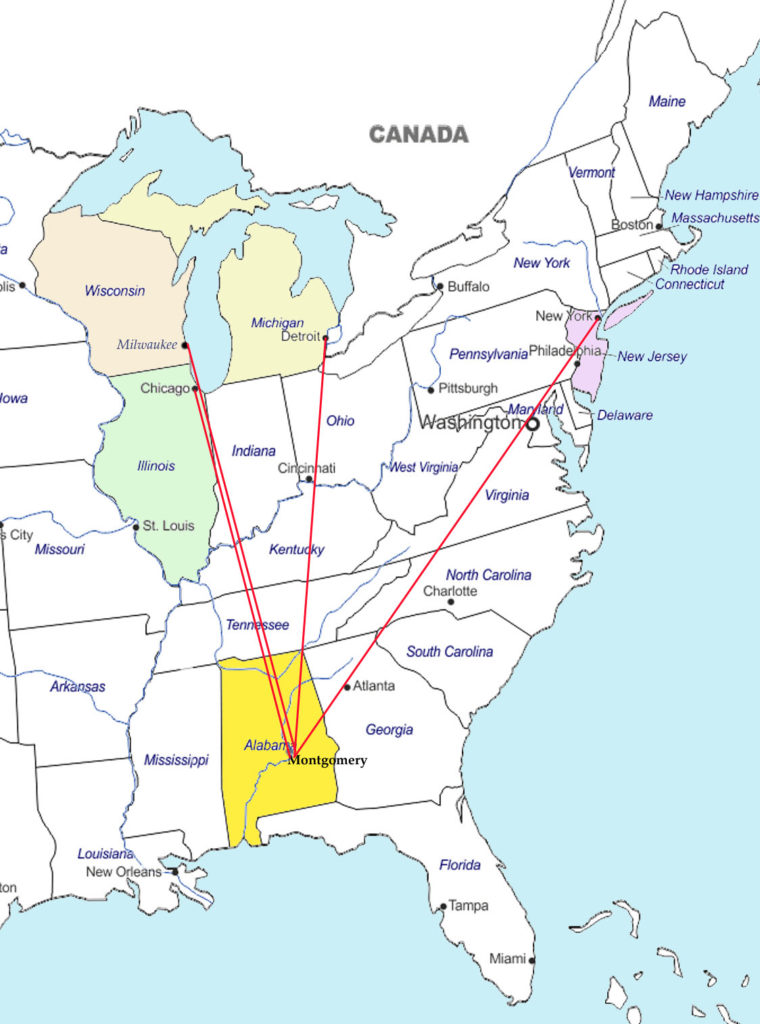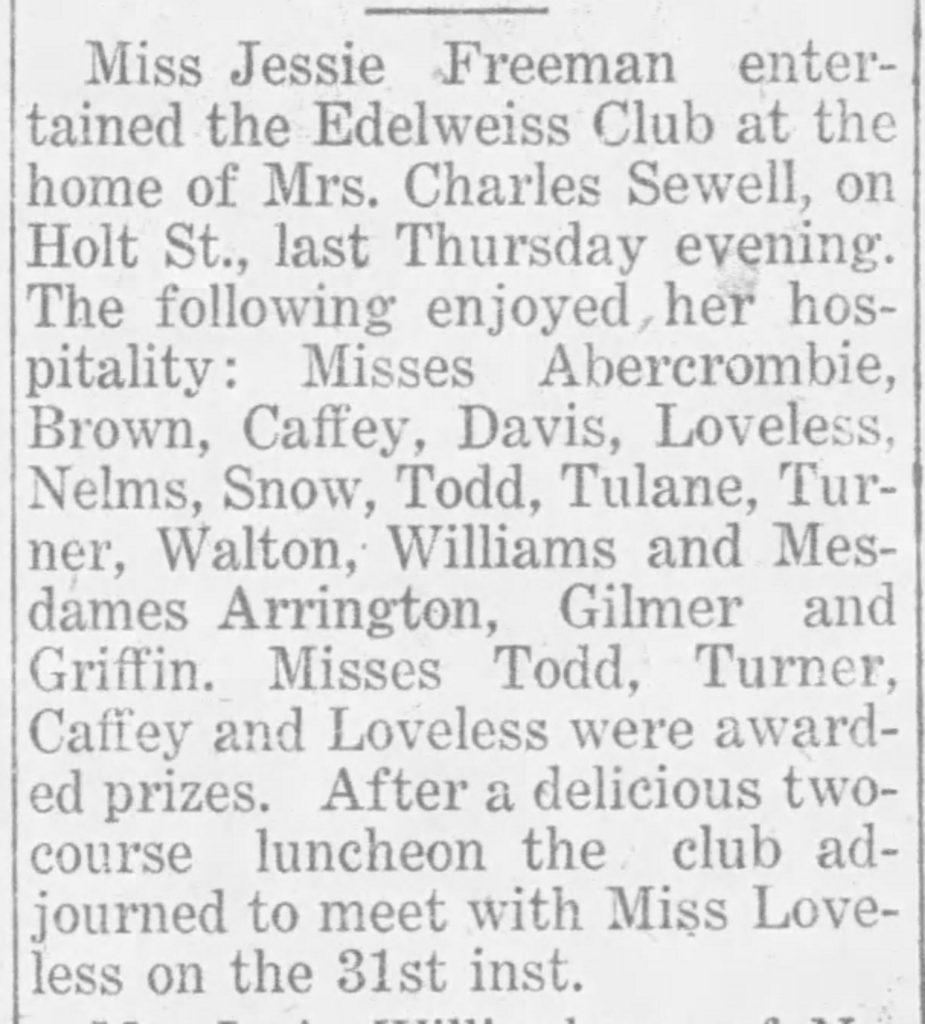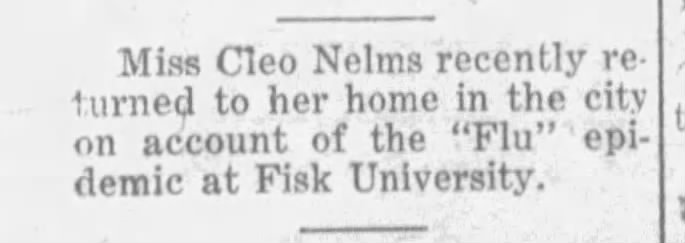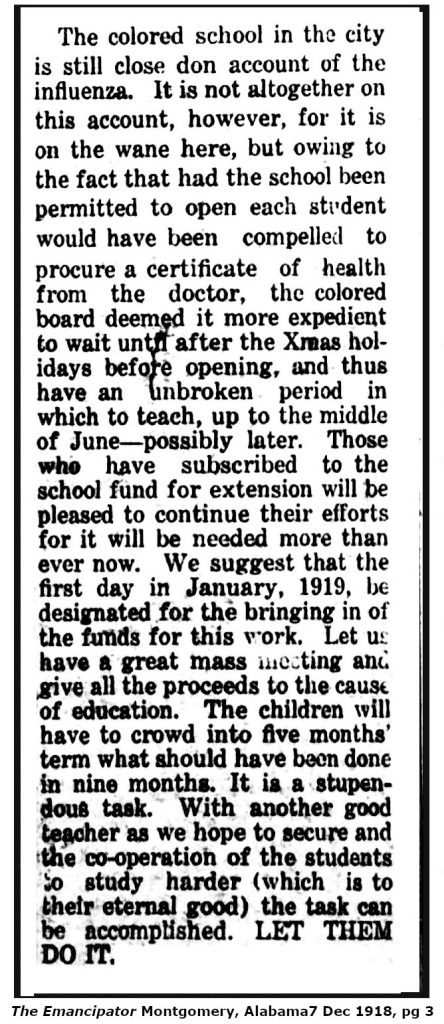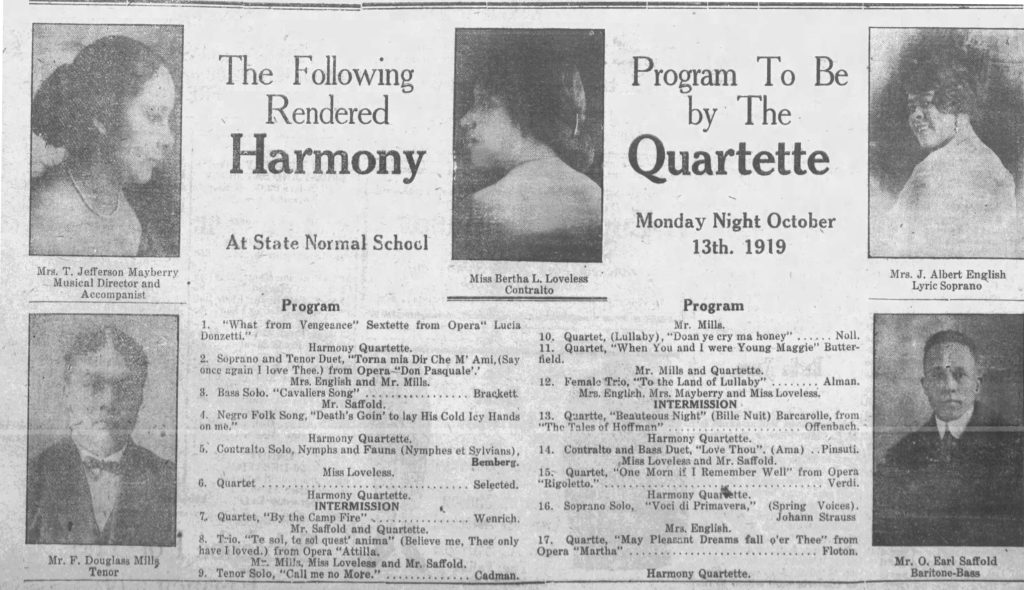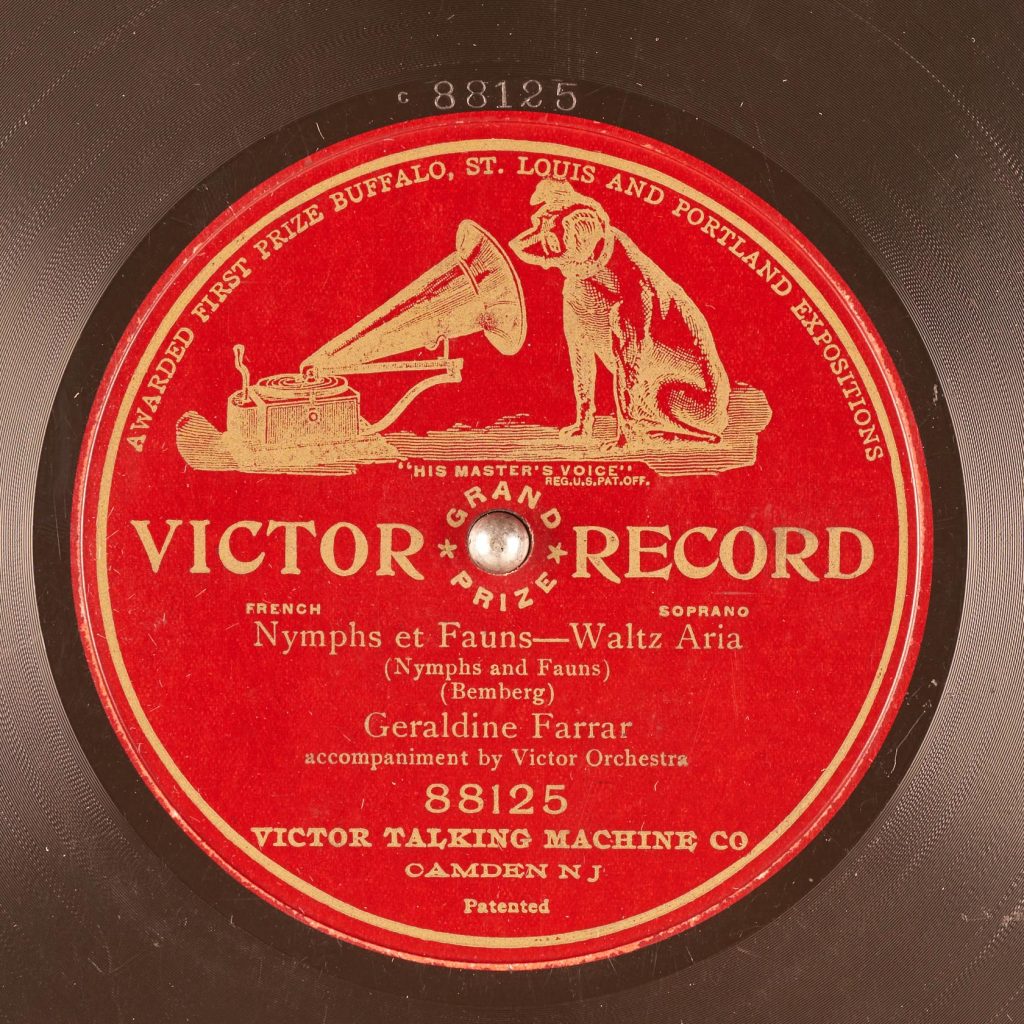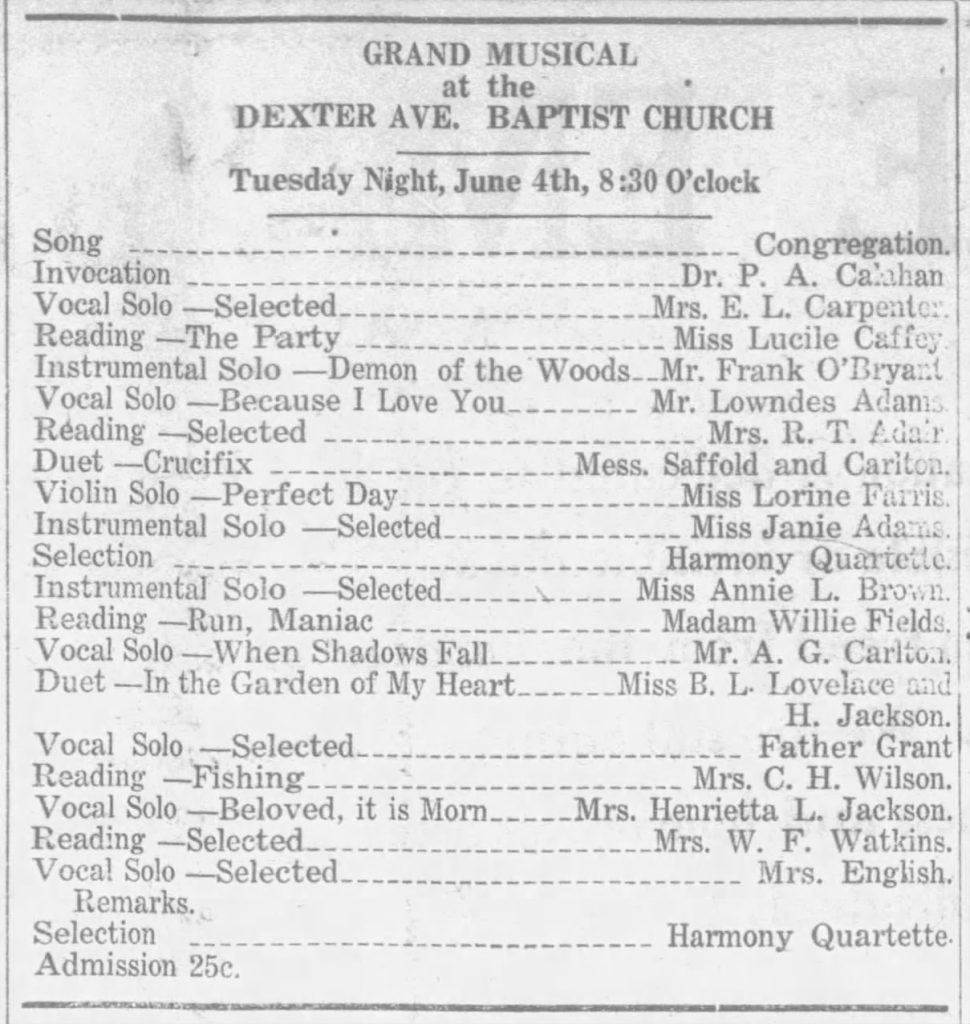
In 1918 and 1919 thirty-seven young women, friends and neighbors of my grandmother Fannie Mae Turner were members of the Edelweiss Club in Montgomery, Alabama. These are snapshots from their lives, place and times.
Effie May Todd was born in Montgomery, Alabama in 1893. She was the fourth of the five children of Frank and Mattie (Coleman) Todd. Although her parents had been born into slavery, both were literate by 1900. All of the children attended school.
In 1902 Effie’s father left his job as a janitor at the Capital and became a mailman, riding out into the rural areas of Montgomery County to deliver mail.
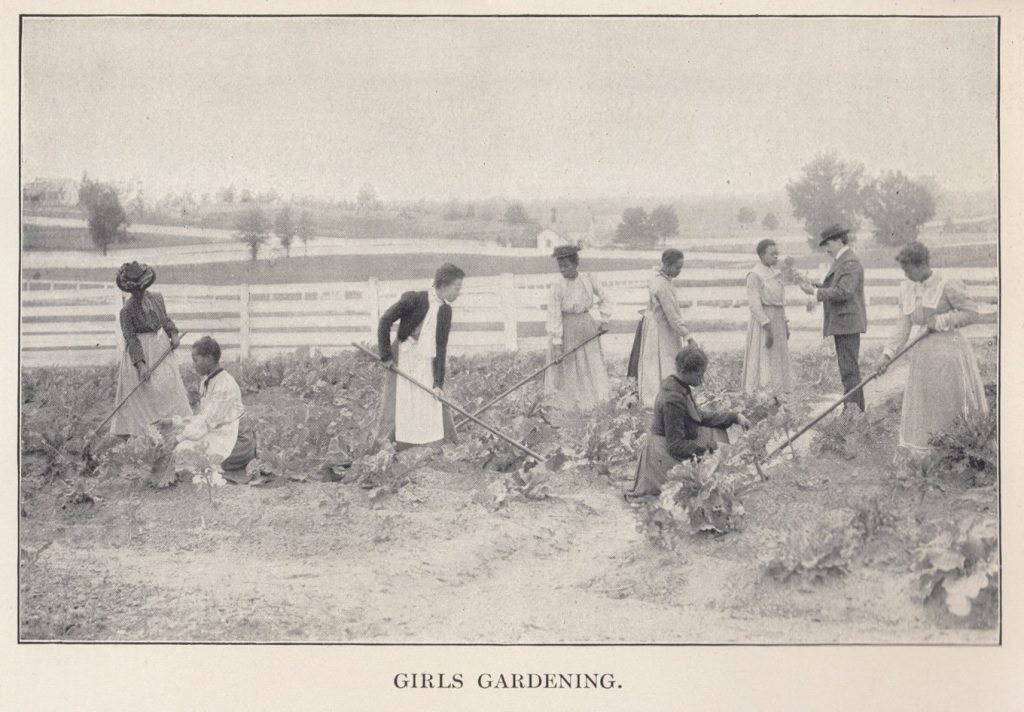
Effie graduated from State Normal high school in 1907. The following year her mother Mattie died. Effie was 14. Two years later, in 1910, The oldest brother, Henry was married and in his own home. Beatrice and Annie, were both teaching. Effie and Frank were both attending school. The house was paid for without a mortgage.
Frank Todd died in 1913.
Effie started teaching in 1914 and taught at Booker T. Washington until she married Arthur Chisholm in 1919 and they moved to Detroit.
Time for another luncheon suggestion. Today I needed a “Q”. Quince came to mind immediately. I searched for it on Newspapers.com for Montgomery and voila, several recipes appeared. There was one for pie and several for jellies but I thought the quince honey on rolls sounds quite delicious. They give a complete luncheon menu. I’m not sure if It would have been served at an Edelweiss meeting, but it might have been. A surprise for me, as I went googling quince is that I have a quince bush in my yard. I don’t think it bears fruit, but I’ll have to go check. It does have lovely red blooms in the late winter.
There is a bit of room left so I will give you the outline of Effie Todd Chisholm’s life. She remained in Detroit for the rest of her life. Eventually she divorced her husband. She and Mary Monroe shared a home on Scotten Ave., right down the street from my Cleage family until her death from pneumonia in 1939 at 46. She didn’t have any children, although she raised her niece until she died of tuberculous at 17. She taught and was active in several clubs.
